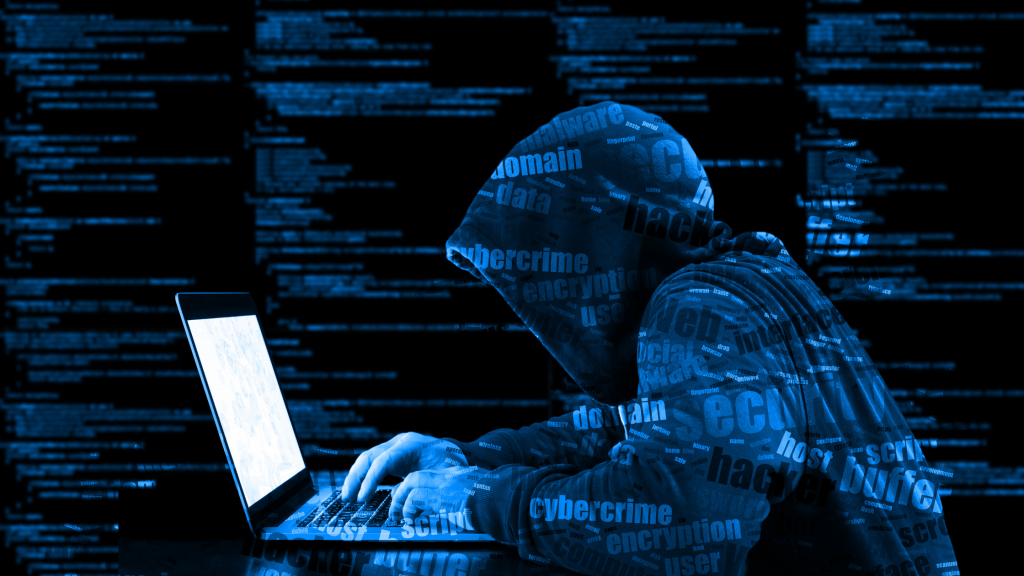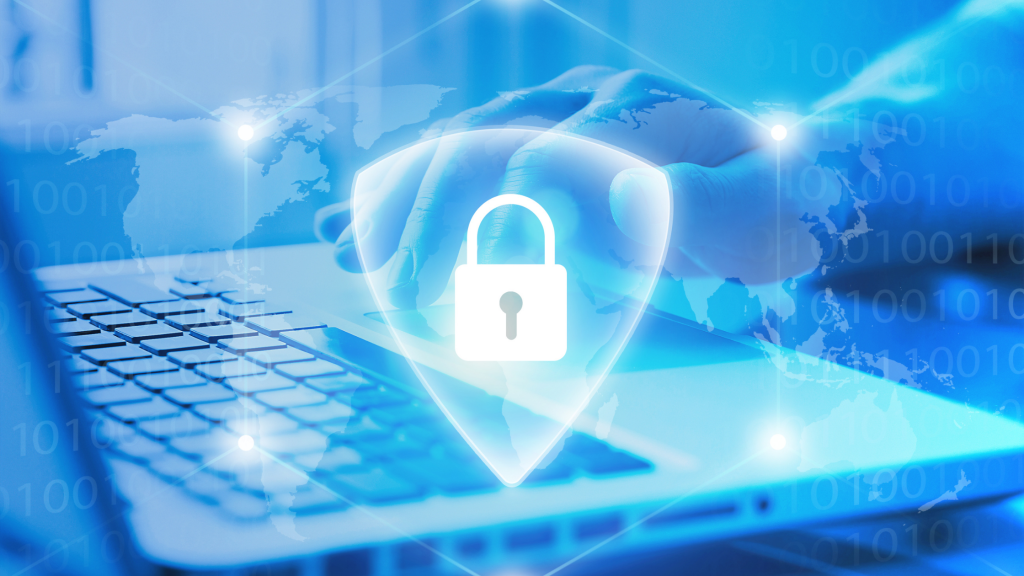KEEP IN TOUCH
Subscribe to our mailing list to get free tips on Data Protection and Cybersecurity updates weekly!







Retrospectively, the year 2021 was a very hard one for cybersecurity in various ways. High-profile breaches, such as those at Solar Winds and Colonial Pipeline, as well as dozens more, have significant financial and security ramifications.
Many small and medium-sized enterprises were targeted by ransomware. Perhaps the most concerning was that adversaries were increasingly targeting and exploiting key infrastructure and supply chain security gaps. Just as in January, we are beginning to learn some of the facts that will undoubtedly be in vogue in 2022. We may discover what we need to strengthen and reinforce in terms of cybersecurity by going over the following areas.
Remote and hybrid workplaces have undergone a dramatic shift in the last two years. Hackers embraced the move and exploited the weaknesses and gaps in security that corporations had in place.
Also Read: What you need to know about appointing a Data Protection Officer in Singapore

“Cyber perils are the biggest concern for companies globally in 2022, according to the Allianz Risk Barometer. The threat of ransomware attacks, data breaches, or major IT outages worries companies even more than business and supply chain disruption, natural disasters, or the COVID-19 pandemic, all of which have heavily affected firms in the past year.
Cyber incidents top the Allianz Risk Barometer for only the second time in the survey’s history (44% of responses), Business interruption drops to a close second (42%), and Natural catastrophes rank third (25%), up from sixth in 2021. Climate change climbs to its highest-ever ranking of sixth (17%, up from ninth), while Pandemic outbreak drops to fourth (22%).y affected firms in the past year. “

“Among the findings of a new study of pentesting projects from Positive Technologies, conducted among financial organizations, fuel, and energy organizations, government bodies, industrial businesses, IT companies, and other sectors. In 93 percent of cases, an external attacker can breach an organization’s network perimeter and gain access to local network resources.”
As a result of this increase, cyberattack attempts reached an all-time high in the fourth quarter of 2021, according to new data. There were the most attacks on the education/research sector in 2021, followed by the government/military and communications sectors.
Small and medium-sized firms were more vulnerable to cyberattacks because of their lack of resources and security experience compared to larger companies.

There is an increase in the frequency, specificity, and complexity of cyberattacks on all businesses, particularly on small and medium-sized ones. Only 14% of small firms are prepared to defend themselves from cybercrime, according to Accenture’s Cost of Cybercrime Study.
In addition to disrupting routine operations, a cyber assault may cause damage to critical IT assets and infrastructure that may be impossible to recover from without the necessary cash or resources. Because of this, small firms are having a hard time defending themselves. SMEs around the world have reported recent cyber intrusions, according to the Ponemon Institute’s State of Cybersecurity:
These are some of the most common types of attacks on small businesses, like:
Also Read: Cybersecurity Singapore: The nation’s approach to protecting its cybersecurity